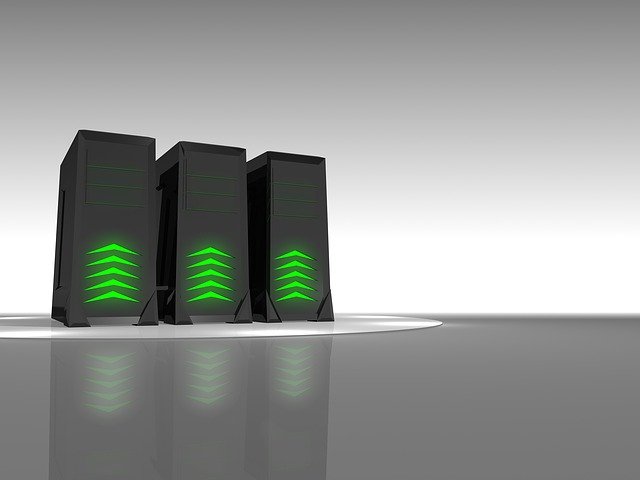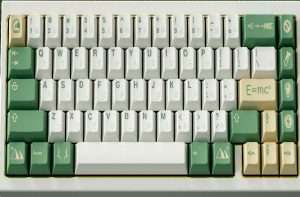What is Fog Computing & How it Works

What is Fog Computing or Fogging?
Fog computing architecture gives a different meaning to the term “web hosting”.
In simple terms, Fog Networking or computing can be understood by saying that it is an architecture of delivering applications and web services on the network using IP Multipoint Distribution Service or MIPs.
Such services are offered to the end-user in their network.
This kind of service has several advantages and one of its prime benefits is the ability to deliver services without regard to the physical infrastructure of the clients’ company.
How Fog Computing is Used
There are many different uses for fog services. The common ways businesses use fog networking are below.
- Storage
- Application deployment
- Infrastructure optimization
- Data duplication, among other things
The key is to ensure that you carefully plan for the deployment of fog so that it meets your needs.
Advantages of Fog Networking
The fog architecture gives several benefits to the clients.
- Resource Management
It can offer a higher quality of service by reducing the client’s network bandwidth, device downtime, and device failure.
This further helps to increase productivity and employee efficiency, improve user experience, and also the management of company data.
To put it simply, this type of cloud service allows you to have several computers on the network that are each running your applications or web services simultaneously.
There are many nodes that are part of this architecture and they all store regularly used data to offer the services to end-users.
- Low Latency and Higher Capacity
In the fog networking setup, there are no strict rules about how fast the response time will be.
One of the most exciting benefits of using fog technology is its ability to provide low latency and unlimited capacity.
When a fog cluster has more than one device, the overall latency will be less than 10ms.
Fog Computing Application Examples
There are different types of fog computing solutions proposed, and some of them are discussed below.
- High-availability Topology
This is achieved by managing the availability of fogged data through a number of redundant hub places.
The hub places can be set up anywhere between two sites that are closest to each other and are configured through iSCSI, Fiber channel over Copper (FCoE), or even ISCSI.
The hub locations can be done in-house or can be outsourced if the company has more than enough IT staff.
- Fog Computing Architecture through IaaS
Another proposed solution for fog computing architecture is through IaaS.
This stands for internet application service.
This is a model where various devices can run software programs at the same time without having to wait for their individual clocks to match.
For example, if you have five computers that are part of your organization’s intranet system, you can run five different applications from each of them on the same machine and have them compete with one another for CPU time.
Let’s say that we want to create a replicated website in order to make it easy for our employees to browse the web while they are commuting to and from work.
The fog networking will organize this process for us.
The first fog node will be the physical site.
It will contain the necessary information as well as an application that will be running on each of these machines.
Each of the machines will be connected to one or more fog nodes, which will provide them with the necessary information as well as secure network topology.
As the traffic begins to flow into the edge network, it will send requests to the fog nodes, which will manage the request until it has been received by one of the devices.
This is a form of latency compensation.
If one of the nodes receives a priority signal, then the request will be handled immediately.






